Tall Grass Prairie Preserve at Living Prairie Museum in Winnipeg, Canada
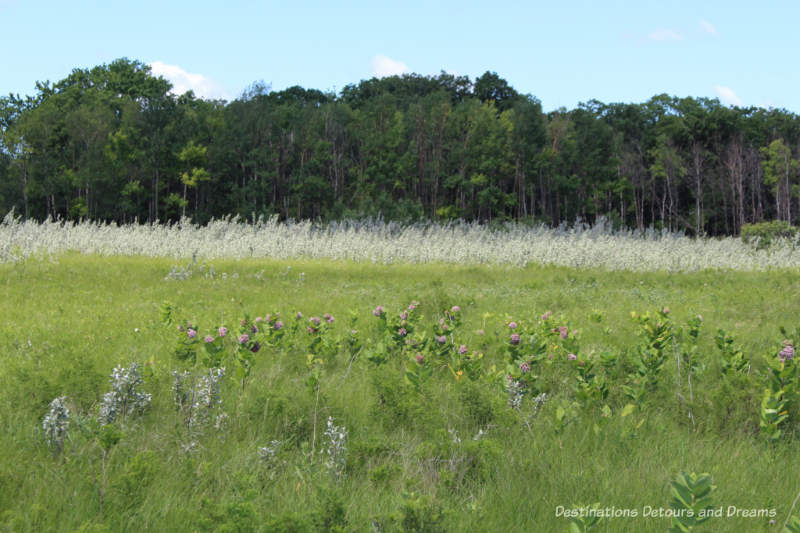
Exploring the endangered tall grass prairie ecosystem at the Living Prairie Museum in Winnipeg, Manitoba, Canada
Prior to European settlement, tall grass prairie covered one million square kilometres in central North America, stretching from Texas in the United States to southern Manitoba in Canada. Today, very little tall grass prairie remains. In Manitoba only 1/20th of 1% of the original tall grass prairie remains.
Thanks to efforts to restore and preserve tall grass prairie, there are a few tall grass prairie preserves on the Canadian prairies. Living Prairie Museum offers an opportunity to see and learn about this ecosystem within city limits. The 13-hectare Living Prairie Museum in Winnipeg, Manitoba is home to over 150 species of wildflowers, grasses, and shrubs as well as a collection of wildlife. The preserve was set aside in 1968. The museum’s goal is to provide awareness and conservation of natural areas, specifically tall grass prairie.
With the aid of an interpretative booklet you can walk a trail through the preserve and learn about the grasses and wildflowers around you.
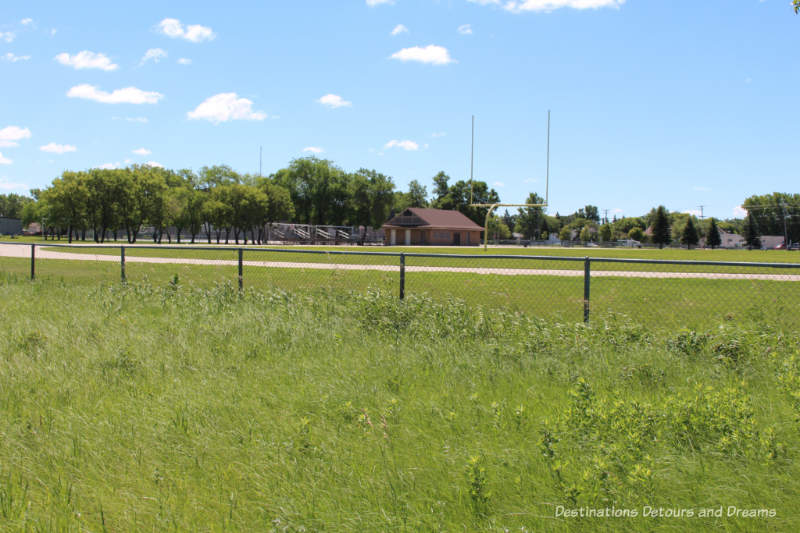
The preserve is surrounded by city. You’ll see houses in the distance on one side and a playing field on the other. The grass on that field looks very different than the grasses on the museum grounds. Most of the grass grown in fields and lawns in Winnipeg is Kentucky bluegrass which is not native to Manitoba. Big bluestem, which reaches heights of 1 to 2 metres (3 to 6 feet), is the dominant native grass of the tall grass prairie. Other common native grasses include side oats grama, prairie dropseed, and green needlegrass.
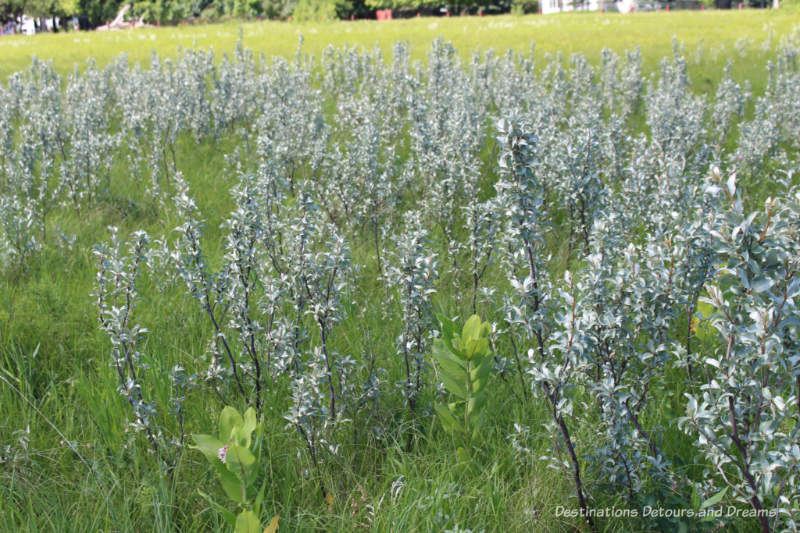
A number of native prairie plants are silver in colour with small white hairs covering their stems and leaves. The silver colour is an adaptation to the hot and dry prairie. Silver reflects the sun’s light helping the plant stay cool and retain moisture. The area of Winnipeg in which the museum is located is called Silver Heights because of the silvery colour of the plants and its somewhat higher elevation.
Years ago, fires occurred naturally on the prairie during lightning storms and hot, dry conditions. The fires help shape the ecosystem. They reduced leaf litter buildup. Prairie plants adapted to fire by developing deep roots holding enough energy to send up new shoots a few days after a fire. The general rule for prairie plants is that 1/3 is above ground with at least 2/3 of the plant is in the form of roots below ground. Today managers at Living Prairie Museum burn small sections of the preserve each year.
Mowing is another way of managing the tall grass preserve. Years ago, bison roamed the prairie and grazed on the grasses. According to information on the website of FortWhyte Alive, a protected urban greenspace in Winnipeg that has a small herd of bison, recent studies have shown that grazing by bison increases the diversity of plant species in tall-grass prairie plots. This is presumably due to the fact that bison preferentially eat dominant grass species, giving other plants a chance to colonize. Over the years a team of Clydesdales have visited the Living Prairie Museum with a horse cutter to mow small tracts and imitate the grazing by bison.
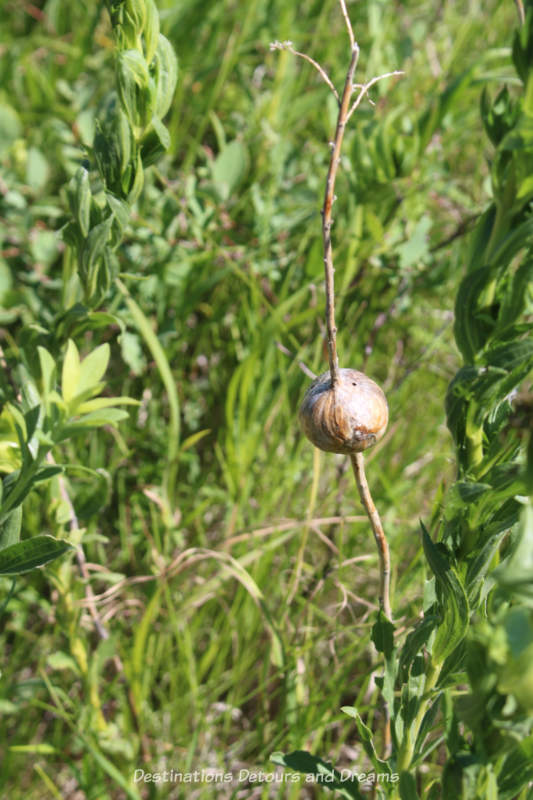
Ball-like swellings on the stalks of certain plants are insect homes called “galls.” In early summer, goldenrod gallflies lay their eggs on the stems of goldenrod plants. When the eggs hatch, the larvae burrow into the stem and create a chamber where they feed on plant tissue. The larvae spend the winter in these swellings and emerge in spring as adult flies.
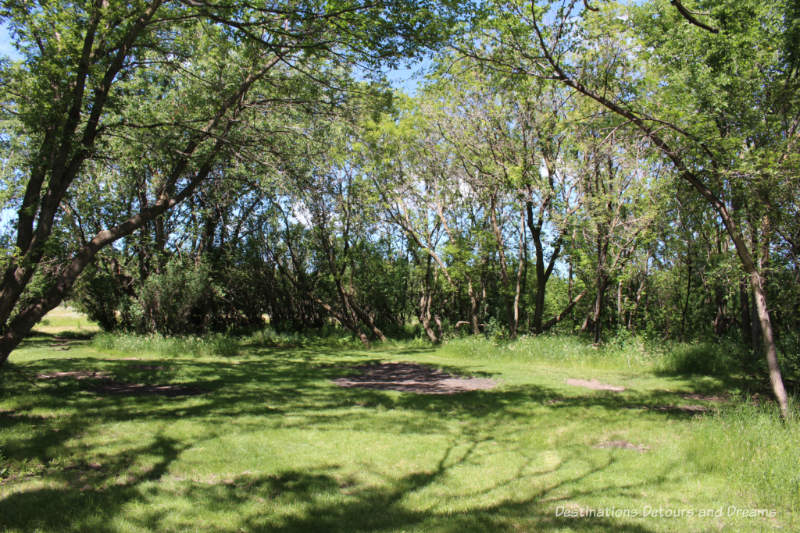
At the far end of the prairie preserve is a shelter belt of trees and shrubs. At one time this was a homestead. The house is gone, but many of the non-native plants remain, a contrast to the natural prairie beside it.
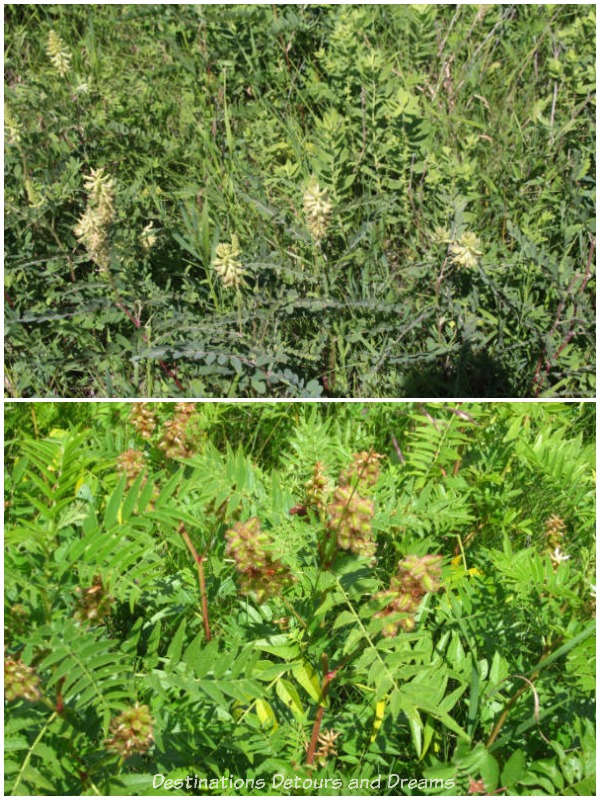
In late summer, wild licorice plants are covered in burs, the seeds of the plants. The burs have tiny hooks that allow the seeds to “hitch-hike” on animals or clothing. Apparently, this was the inspiration for Velcro.
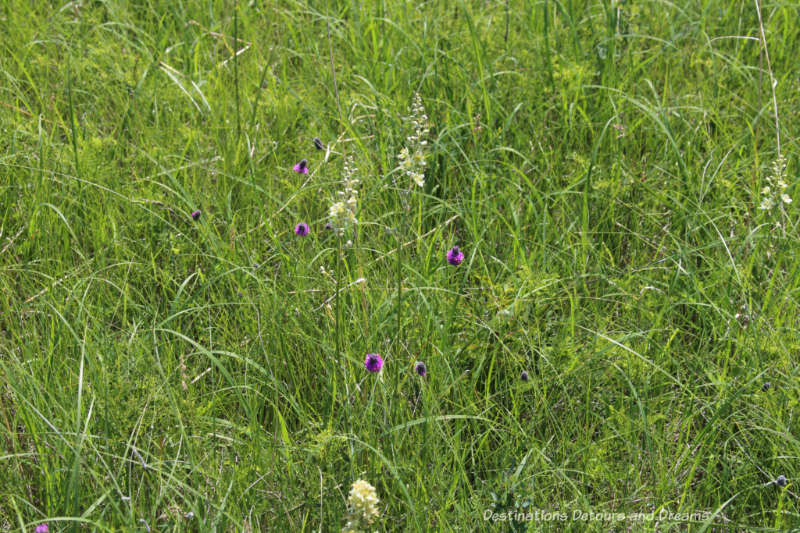
From the road, the field at Living Prairie Museum looks like a field of nothing but green grasses. But up close, you find a variety of native plants and colours and discover that the tall grass prairie is a complex ecosystem. What you see will vary depending on when you visit. Different plants bloom at varying times throughout the summer.
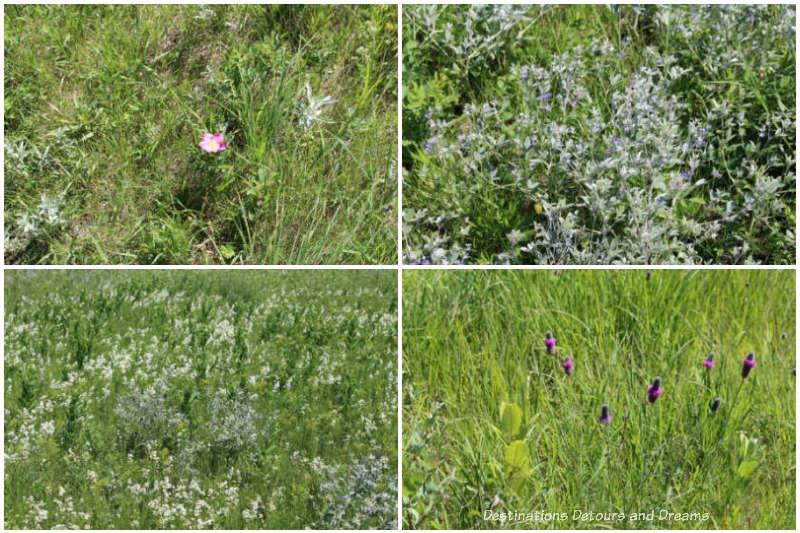
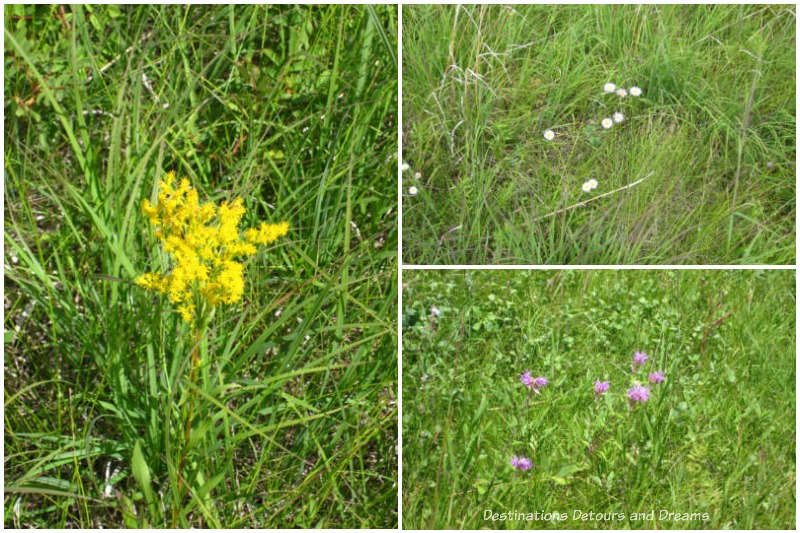
Admission is free. Part of the path is very narrow and has been created by trampling down the grasses. If you are uncomfortable with plant leaves brushing against your bare legs as you pass, wear long pants. Be prepared to see prairie dogs cross your path and to be joined by butterflies and dragonflies. A walk along the path takes thirty minutes to one hour, depending on your pace and the amount of time you spend examining and learning about the details of the prairie. If you visit during the heat of the summer wear sunscreen and a hat and bring water. Like the wide open prairie of years ago, there is no shade.
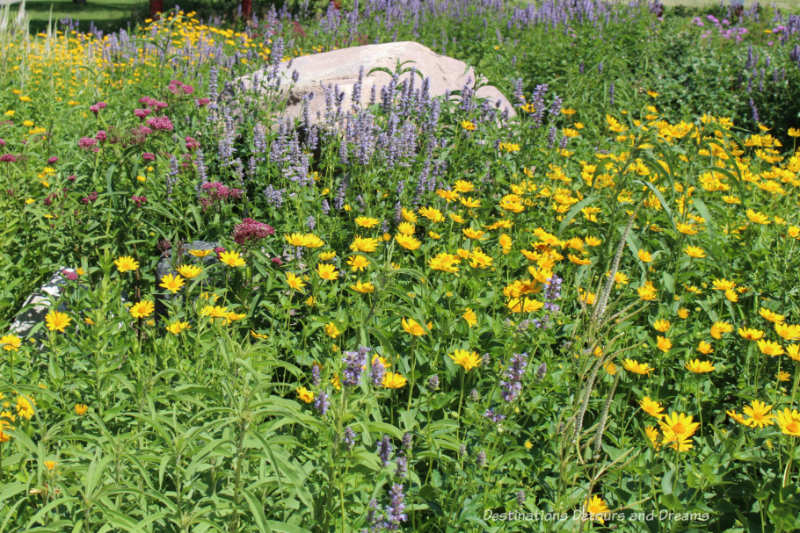
An Interpretative Centre provides information about the prairie ecosystem and has wildflower books and seeds for sale. The museum conducts special educational programs for children and families. They also hold special events and themed days, which frequently include guided tours. Check the Living Prairie Museum website for details. The Interpretative Centre is open May through mid-October. People are welcome to walk the trail dawn to dusk year-round whether the Centre is open or not. Self-guiding trail brochures are in a box at the front entrance or can be downloaded from the website.
Never miss a story. Sign up for Destinations Detours and Dreams free monthly e-newsletter and receive behind-the-scenes information and sneak peaks ahead.
PIN IT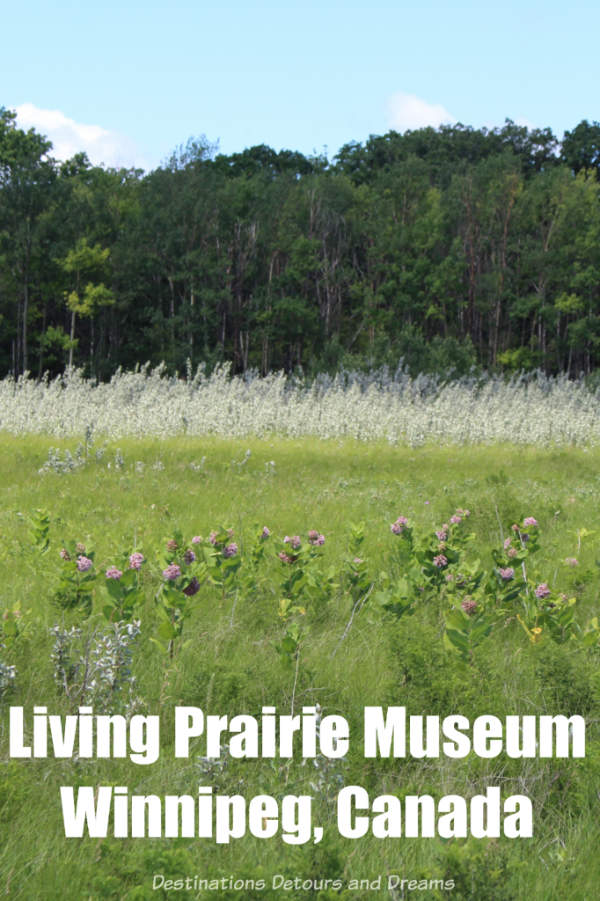

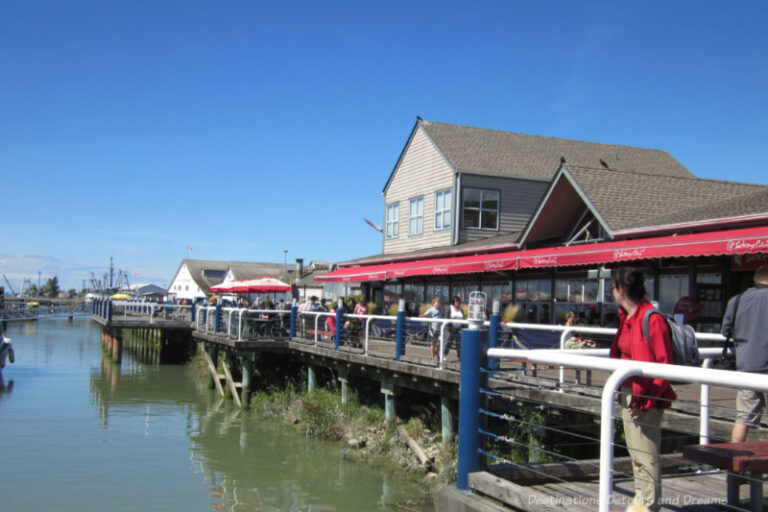
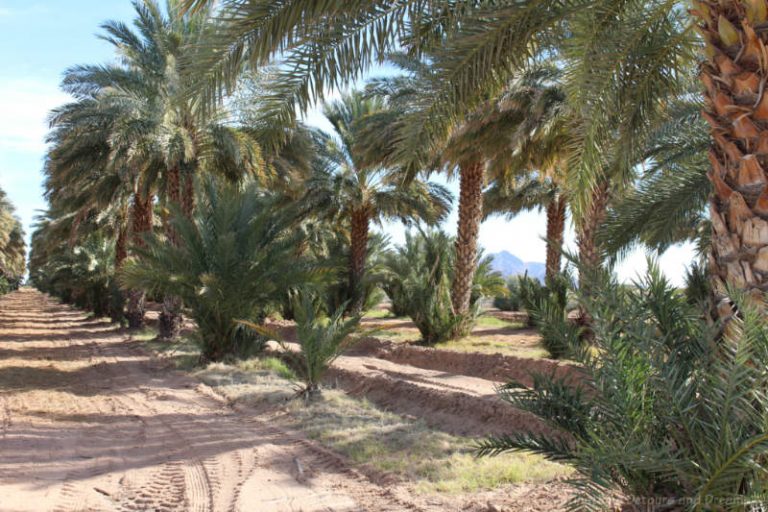
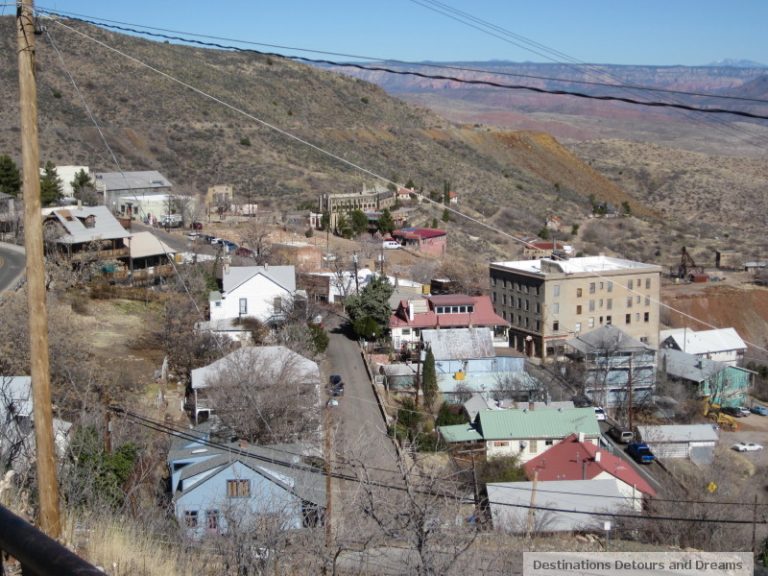
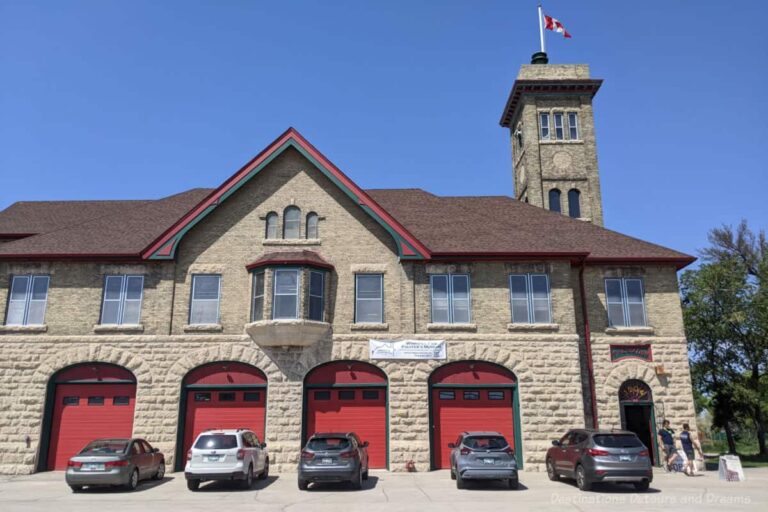
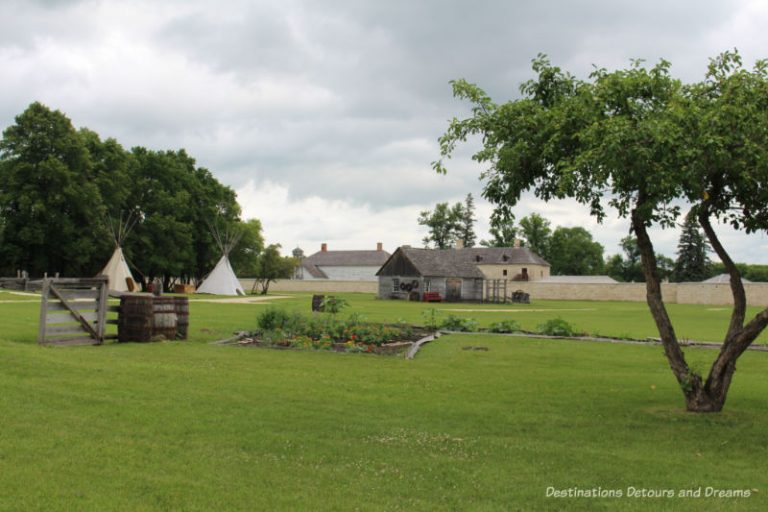
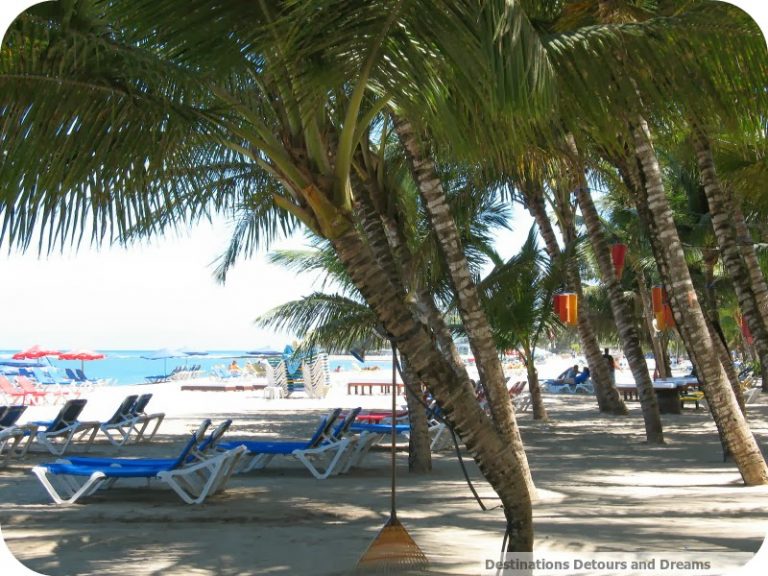
Interesting post. Would love to walk through it. “Tall grass” has a completely different meaning in my backyard.
Ken, most of us don’t have tall grass prairie in our backyards and tall grass is not what we want there. This museum is interesting to walk through.